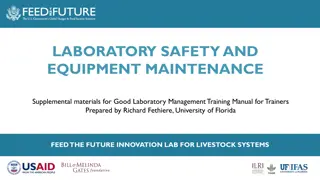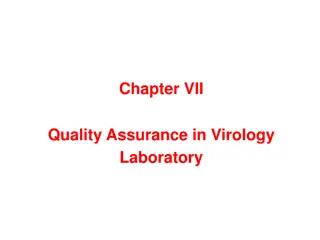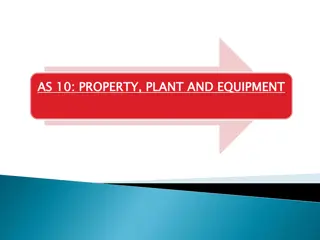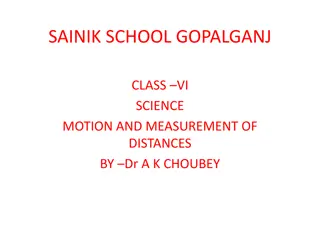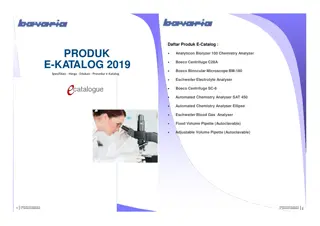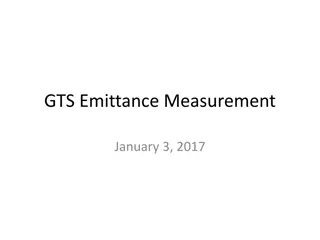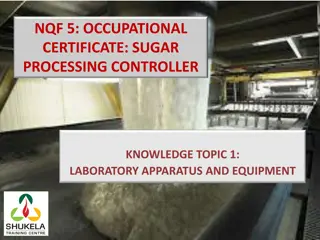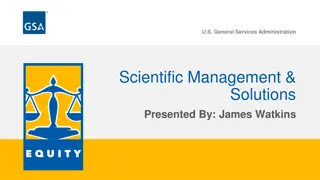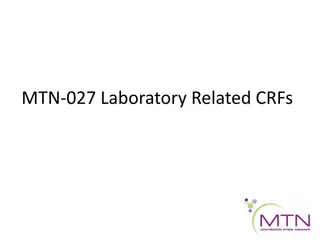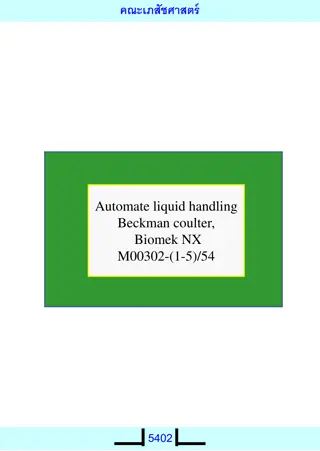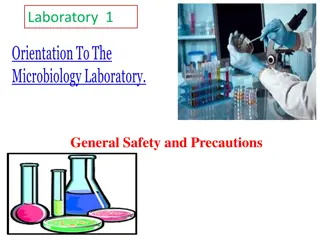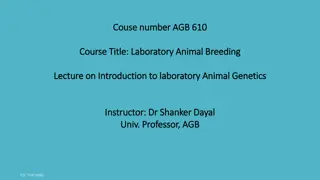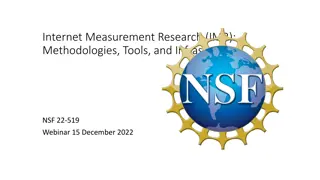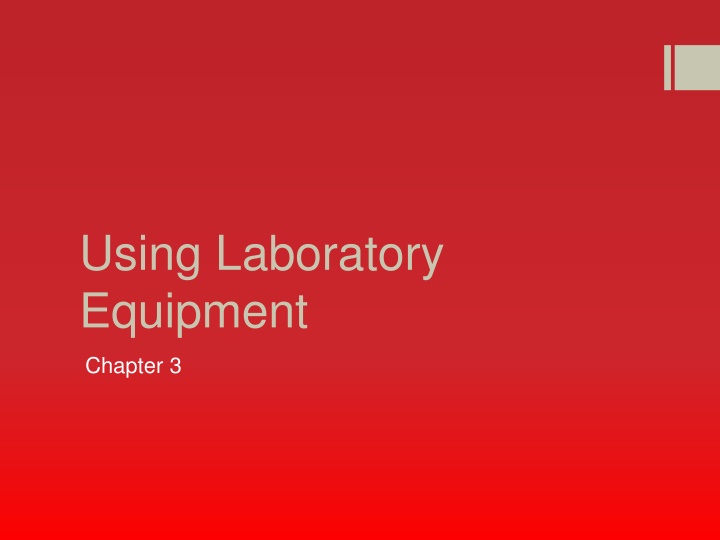
Laboratory Equipment and Measurement Essentials
Dive into the world of laboratory equipment and measurement techniques. Explore containers, thermometers, balances, the metric system, accuracy, precision, and recording metric data. Understand the importance of precision and calibration in scientific endeavors. Learn about the metric system's prefixes and relationships, as well as techniques for estimating and recording data accurately. Enhance your scientific knowledge with these fundamental concepts.
Download Presentation

Please find below an Image/Link to download the presentation.
The content on the website is provided AS IS for your information and personal use only. It may not be sold, licensed, or shared on other websites without obtaining consent from the author. If you encounter any issues during the download, it is possible that the publisher has removed the file from their server.
You are allowed to download the files provided on this website for personal or commercial use, subject to the condition that they are used lawfully. All files are the property of their respective owners.
The content on the website is provided AS IS for your information and personal use only. It may not be sold, licensed, or shared on other websites without obtaining consent from the author.
E N D
Presentation Transcript
Using Laboratory Equipment Chapter 3
Laboratory Equipment Containers and Holding Devices Thermometers Balances
Containers and Holding Devices Beakers Graduated cylinders Test tubes Erlenmeyer flask Burets Petri dishes Holding devices
Meniscus The bottom of the curve a liquid forms in a container.
Thermometers Laboratory thermometers use the Celsius scale
Balances-scientific instrument that determines the mass of materials Triple-Beam Balances Electric Balances Caring for the Balance Respect the balance, it is delicate expensive instrument Calibrating Measuring Equipment Check, adjust, or standardize the marks on a measuring instrument
Measurement Chapter 4
Accuracy and Precision Accuracy How close a single measurement comes to the actual or true value of the quantity measured. Precision How close several measurements are to the same value.
The Metric System Numbers are expressed in units of ten. Prefix Meaning Numerical Value 1000 0.1 0.01 0.001 Unit Example Relationship to Unit 1km=1000m 10 dm=1m 100 cm=1m 1000 mm = 1m Kilo (k) Deci (d) Centi (c) Milli (m) Thousand Tenth Hundredth Thousandth Kilometer (km) Decimeter(dm) Centimeter (cm) Millimeter (mm)
Recording Metric Data Estimating Make it a habit to estimate to one decimal plae past the unit of measure marked on the scale Recording Final Zeros If the bottom of the meniscus is exactly on the 24-mL line you simply write 24mL in your data table. This suggests that the volume is closer to 24mL than to either 23mL or 25mL. If you record the data as 24.0mL, you make it clear that the volume is exactly 24 mL. By recording the final zero, you report your data more precisely.
Measuring Length Use metric ruler or meter stick Millimeters are generally the smallest divisions represented
Measuring Volume Several different containers can measure volume. Refer to laboratory instructions for which container to use.
Measuring Mass Use a balance to measure mass.
The Celsius Temperature Scale When measuring the temperature of a substance, be sure the thermometer bulb is completely immersed in the container but not touching the sides or bottom.

